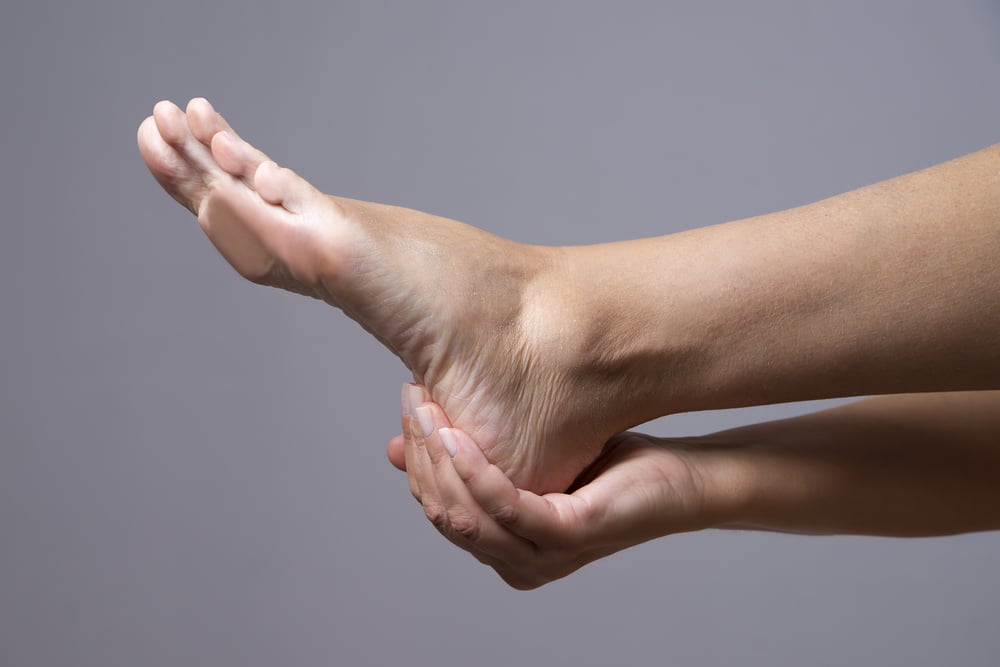When you think about your feet, the last thing you want to deal with is discomfort. Unfortunately, conditions like heel spurs can bring about persistent foot pain that can disrupt your daily activities. In this article, we will delve into what heel spurs are, their causes, symptoms, and various treatment options to help you find relief and regain your mobility.
What Are Heel Spurs?
Heel spurs, also known as calcaneal spurs, are abnormal bony growths that develop on the underside of the heel bone or around the tendons and ligaments of the heel. These spurs are typically calcium deposits that form over time due to repetitive stress or strain on the foot. While heel spurs themselves may not always cause pain, they often occur alongside another condition called plantar fasciitis.
Causes of Heel Spurs
Heel spurs develop as a result of chronic irritation and inflammation of the connective tissues surrounding the heel. Several factors can contribute to this condition:
- Plantar Fasciitis: This is the most common cause of heel spurs. Plantar fasciitis is the inflammation of the plantar fascia, a thick band of tissue that runs from the heel to the toes. The repetitive stress on the fascia can lead to the development of heel spurs.
- Overuse or Repetitive Activities: Jobs or activities that involve prolonged standing, walking on hard surfaces, or running can increase the risk of developing heel spurs.
- Foot Structure: Individuals with flat feet or high arches may be more prone to developing heel spurs, as their foot structure can put additional stress on the plantar fascia.
- Improper Footwear: Wearing shoes that lack proper arch support or cushioning can contribute to heel spur development.
Symptoms of Heel Spurs
Heel spurs can be present without causing any noticeable symptoms. However, when they do, the most common symptom is heel pain, especially when walking or standing. The pain is often described as a sharp, stabbing sensation in the heel. It tends to be worse in the morning when you take your first steps out of bed or after prolonged periods of rest.
Treatment Options
The good news is that heel spurs can be managed, and in many cases, the pain can be alleviated with conservative treatments. Here are some effective ways to treat heel spurs:
- Rest and Ice: Giving your feet a break and applying ice to the affected area can help reduce inflammation and relieve pain.
- Orthotic Inserts: Custom or over-the-counter shoe inserts can provide the necessary arch support and cushioning to reduce strain on the heel.
- Proper Footwear: Invest in shoes that are designed for comfort and provide adequate arch support. Avoid high heels and shoes with minimal cushioning.
- Physical Therapy: A physical therapist can teach you exercises and stretches to strengthen the muscles in your feet and legs, which can alleviate heel pain.
- Anti-Inflammatory Medications: Nonsteroidal anti-inflammatory drugs (NSAIDs) may be recommended by your healthcare provider to reduce pain and inflammation.
- Corticosteroid Injections: In some cases, corticosteroid injections may be administered to reduce pain and inflammation.
- Shockwave Therapy: Extracorporeal shockwave therapy is a non-invasive treatment that uses shockwaves to stimulate the healing process in the affected area.
- Surgery: If conservative treatments do not provide relief, surgical removal of the heel spur may be considered, but this is typically a last resort.
Preventing Heel Spurs
Prevention is always better than treatment. To reduce your risk of developing heel spurs, consider the following tips:
- Maintain a healthy weight to reduce the pressure on your feet.
- Choose supportive footwear with cushioning and arch support.
- Stretch your calf muscles and Achilles tendon regularly.
- Avoid excessive running or walking on hard surfaces.
- If you experience foot pain, seek prompt medical attention to prevent the condition from worsening.
In conclusion, heel spurs can be a painful condition that affects your daily life. Understanding the causes, symptoms, and treatment options is essential for managing this condition effectively. Whether you opt for conservative treatments or more advanced interventions, it’s crucial to consult with a healthcare professional to determine the best course of action for your specific case. With the right approach, you can find relief from heel spur pain and enjoy a more comfortable, active lifestyle.

